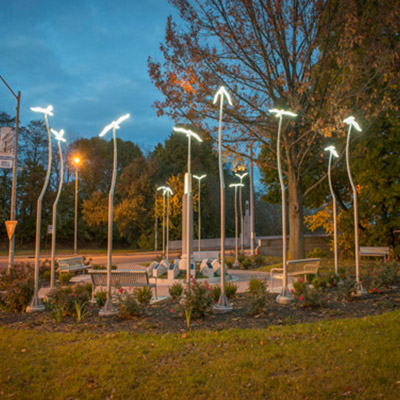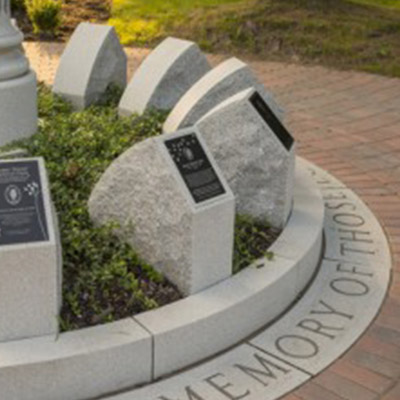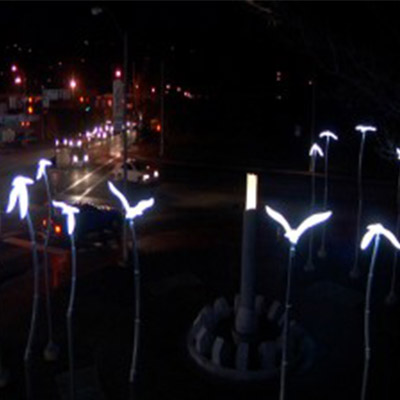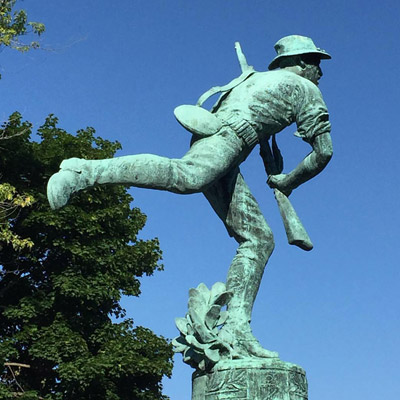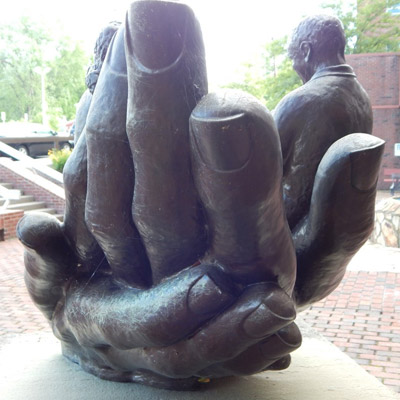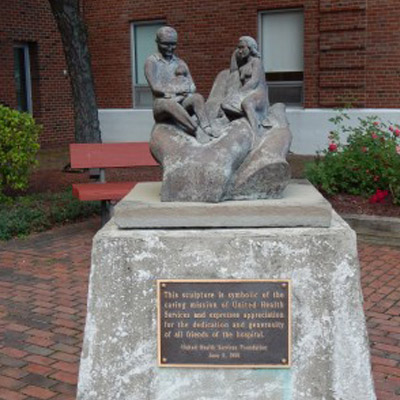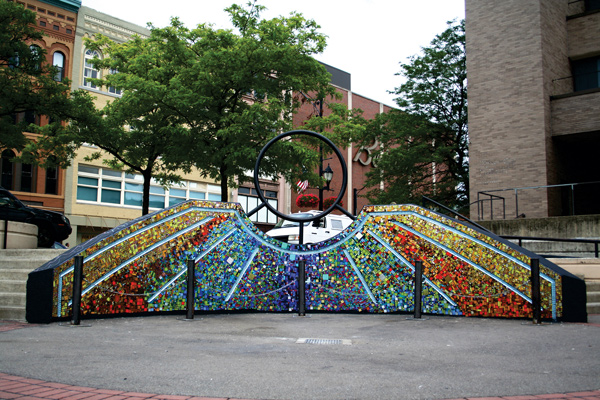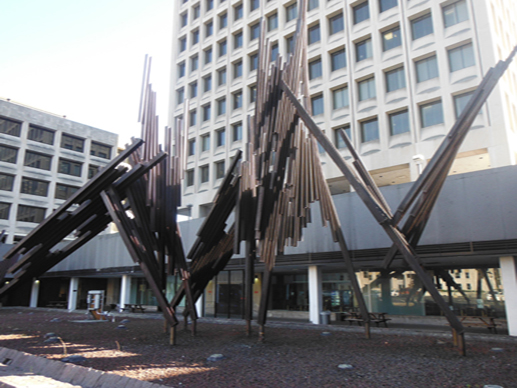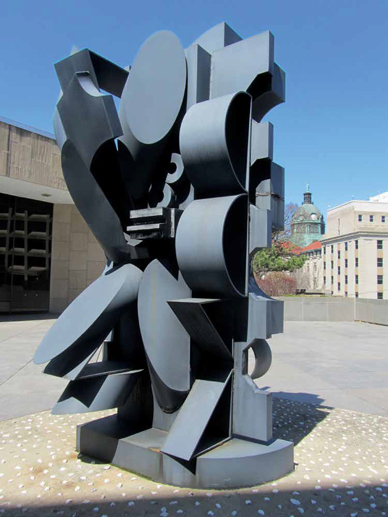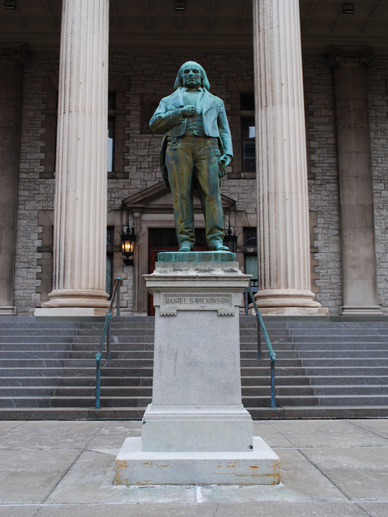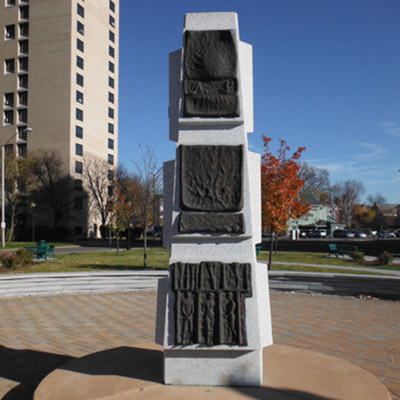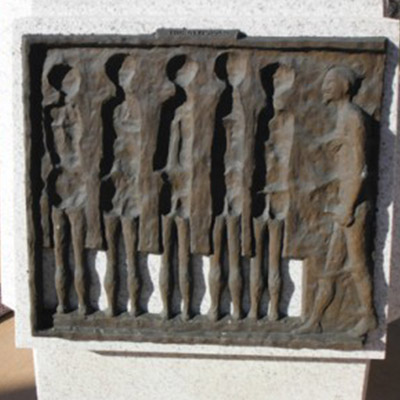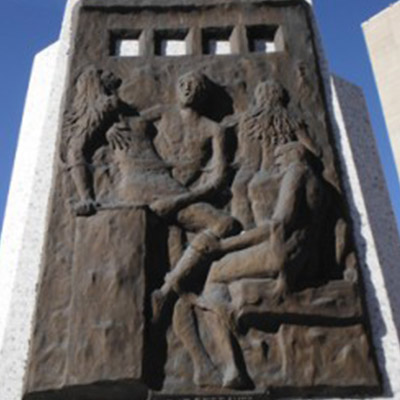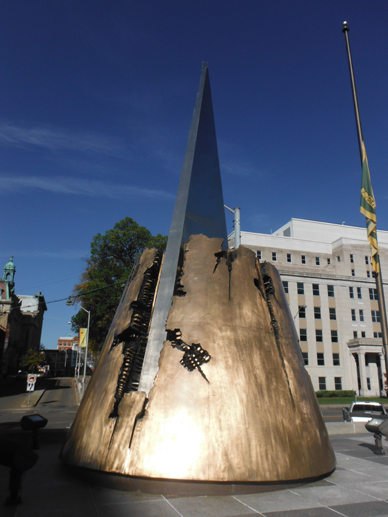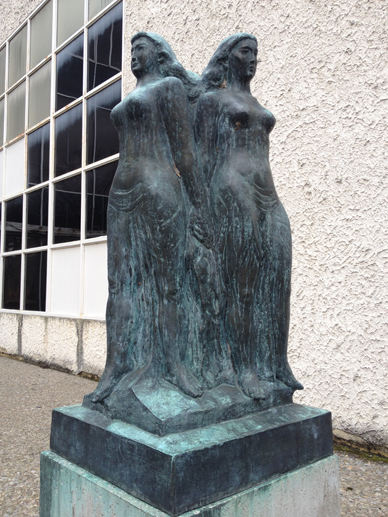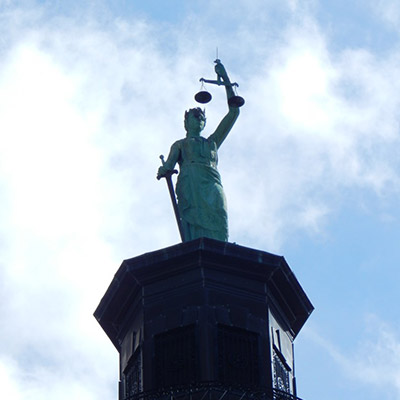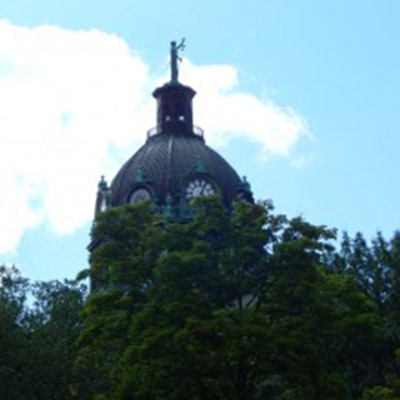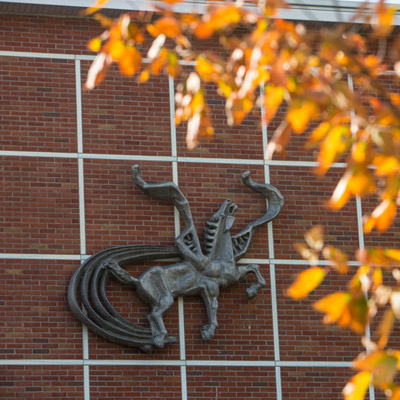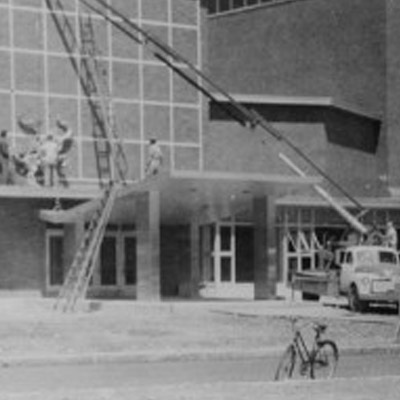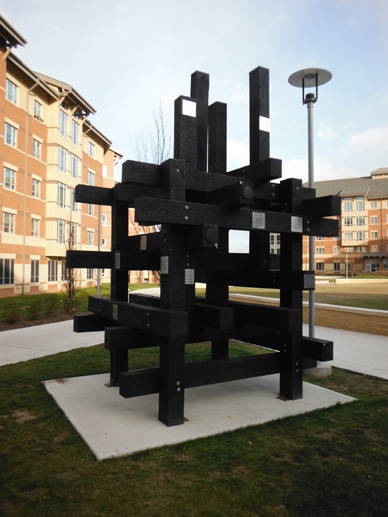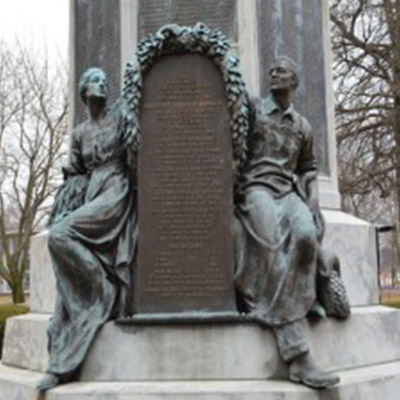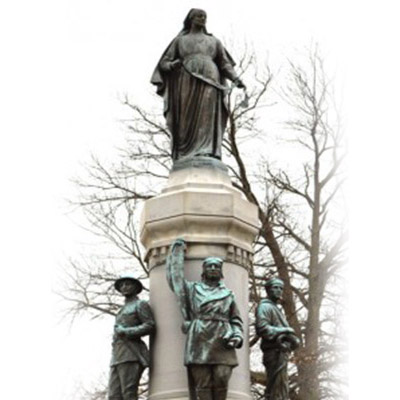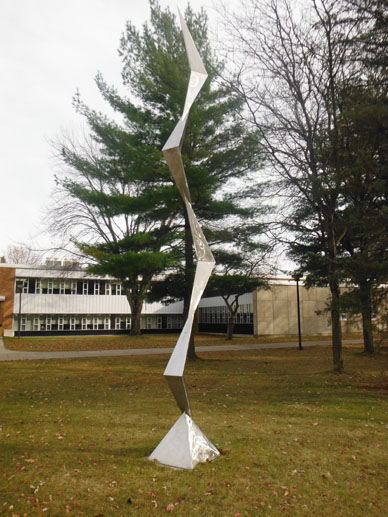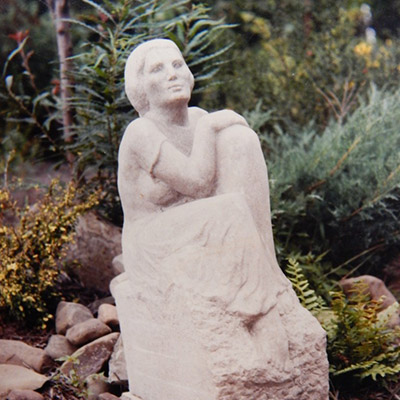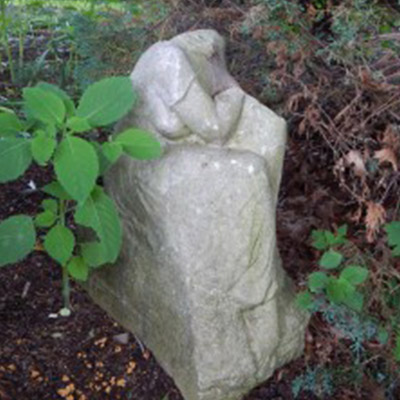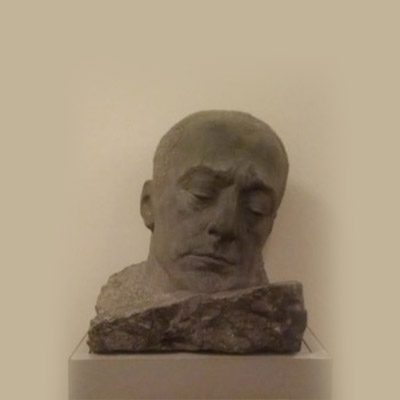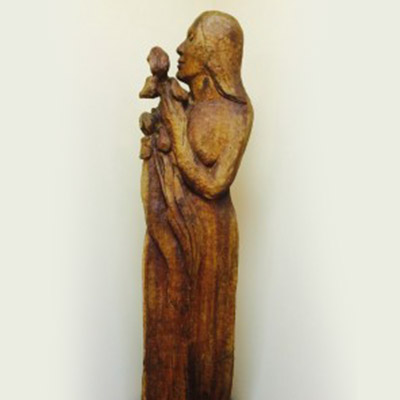Reviewed by Lee Shepherd
The Miró Quartet is named for the Spanish artist Joan Miró, whose works are some of the greatest of the 20th century. The foursome honored its name Sunday (March 27) with a Binghamton Philharmonic-sponsored chamber concert at the Anderson Center of mostly classic works and one that promised to be really “out there” but turned out surprisingly romantic.
Three of the four musicians have played together since the early 1990s, but Sunday, they seamlessly swapped in Tereza Stanislav for Sandy Yamamoto in the second violin slot. Because of the personnel change, they played a Philip Glass quartet instead of the advertised work written for the quartet by Kevin Puts.
Pardon my aside, but too many young string quartets today have jumped on a bandwagon of playing music at warp speed, in an overly dramatic style and adding a heavy overlay of their own personalities to the interpretation of the music. The Miró Quartet members did not go down that path but took a more mature approach. They chose great music, took reasonable tempos and let the music stand on its own merits.
Quartet members were in continual eye contact, exchanging occasional smiles. Cellist Joshua Gindele rarely glanced at his music – a true feat of memorization. They obviously were enjoying themselves, and it was contagious.
While listening to Samuel Barber’s “String Quartet in B minor, Op. 11” (the famed “Adagio for Strings” makes up the quartet’s second movement), I was taken back to the 1960s. I was rehearsing the work with my high school orchestra, when it was announced that John F. Kennedy had been shot and killed. We played it again, and it took on a poignancy that I’ve never forgotten. Most people are familiar with the big, lush orchestral arrangement. The Miró Quartet proved that four voices can give it a more personal and poignant voice, masterfully building the tension to a huge climax with ever-ascending volume and pitch.
Glass’ “String Quartet No. 5” was the real surprise on the program – Romantic with a capital “R.” It definitely wasn’t the minimalist music usually associated with Glass, known more for his film scores and large-scale operas than string quartets. Violist John Largess said the first movement asked a musical question and that each interconnected movement posed a possible answer. The Romantic motif had the last word.
The program ended with a classic of the quartet literature, Dvorak’s “Quartet No. 12 in F Major, Op. 96” (“The American”). Written when the homesick Czech composer was visiting a small Czech community in the American Midwest, the quartet is full of Bohemian themes expressed via jazzy American rhythms. I can attest that the only experience more fun than hearing the Miró Quartet play this quartet with such verve and vigor is playing the quartet yourself.
With concerts of such quality as the program presented here, it’s no wonder the Miró Quartet is enjoying a place at the top of the national and international music scene.
An observation: The hall was half to two-thirds full. Looking around, I saw no one younger than me, and most older (and I’m no spring chicken). Makes you really wonder what’s going to happen to our cultural institutions, such as live classical music performance, when the baby boomer generation dies out.


